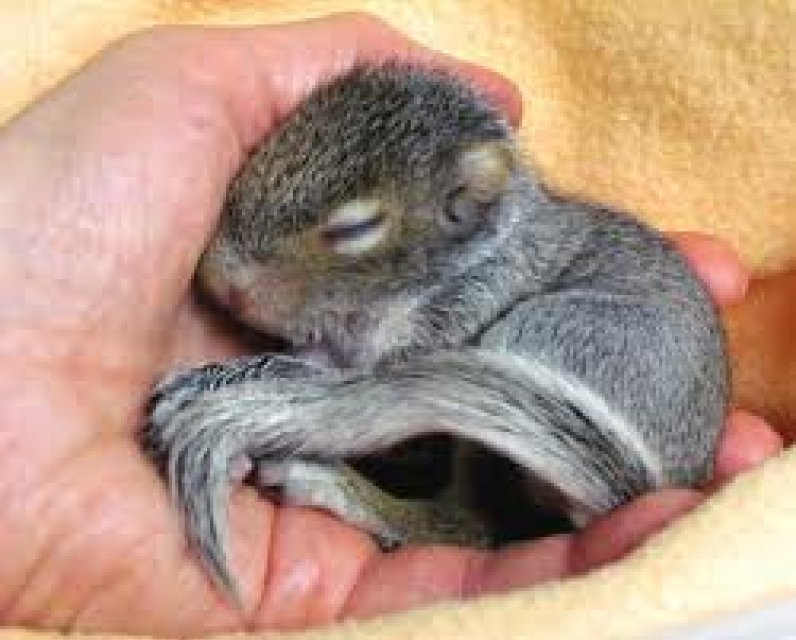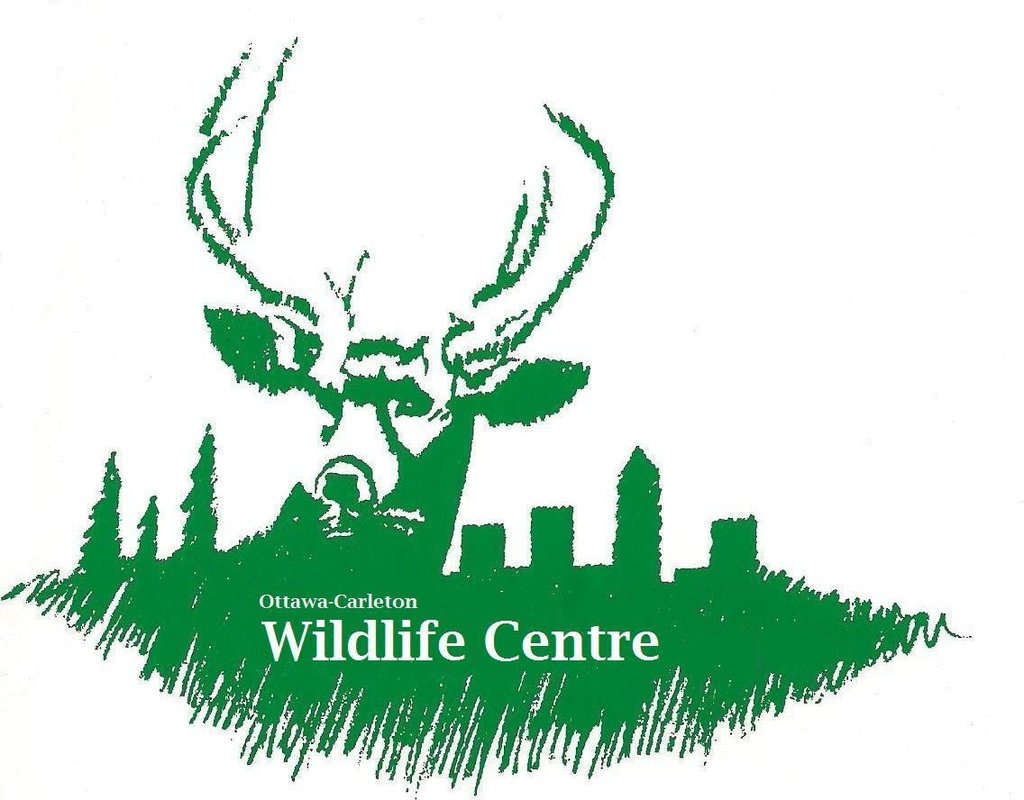Unpublished Opinions
Donna DuBreuil is the co-founder and president of the Ottawa-Carleton Wildlife Centre. The Centre, founded in 1987, was established to support a better understanding and respect for wildlife in the face of rapid development and habitat loss. This is achieved through a Wildlife Education Program taken to elementary, secondary and university students.
It also operates Community Outreach and Awareness Programs, Nature Discovery Workshops held at the Centre, a website offering comprehensive solutions to human-wildlife conflicts, pilot projects in the community that demonstrate ‘best practices’ in furthering co-existence, and works closely with other environmental and animal protection organizations across North America in the development of constructive strategies to promote and protect biodiversity.
Wildlife birthing and tree removal in the City of Ottawa

Laura Mueller from the EMC wrote an article on this issue this week. You can read it at: http://bit.ly/1rlUani.
Dear Marianne,
I am writing with respect to the clear-cutting of trees at the corner of Terry Fox and Old Second Line roads. It is very frustrating to continue to see the little regard that the City of Ottawa places on wildlife-sensitive planning, specifically for mammals. It is all well and good that tree removal is restricted after April 15th due to the bird nesting season, but what about species such as squirrels where this is the height of the birthing season?
There would be very few dreys or tree cavities without newborn young at this time. The birthing season can start as early as late February. On average, at this time of year, immobile, eyes-closed baby squirrels are about 3-4 weeks old, similar to the one shown here.
You indicate in your letter that the “City is providing nesting boxes for any squirrels or other animals that are already nesting and they are to leave any tree with a nest to give time for the animals to relocate to the boxes”. However, Nick Stow conveyed to Judy Makin that “any trees scheduled for cutting that day with any signs of wildlife or bird nests will not be cut that day, but will be marked for the following day; hopefully animals will move overnight; small nesting boxes are provided nearby, but off-site, for mammals to use.”
It is totally unrealistic to think that a squirrel with a nest of babies will be able to move them overnight, let alone find an off-site nesting box.
Where is the Construction Protocol?
You will recall that when the Wildlife Strategy was before Council last July, you pressed staff for a definitive answer about when it would be available for consultation. The staff person responded that it would likely be Q1, 2014. This was more than reasonable given that a Wildlife Construction Protocol has been almost 15 years in the making, prompted both in 2000 and again in 2010 by people in the construction industry who were very concerned about the destruction of wildlife that they regularly witnessed.
Consultation Essential
If the significant controversy that surrounded the lack of public consultation on the Wildlife Strategy is to be avoided, there needs to be open and transparent communication on the Wildlife Construction Protocol.
For example, the City indicated when trees were being removed under the EAB program (email from Nick Stow on Jan. 15/14) that “Forestry Services has begun the installation of ‘squirrel boxes’ to provide replacement habitat”. Yet, our request to see the location of some of these nesting boxes (email to you on Jan. 16/14) was never answered. Why the secrecy? Likewise, had the City been open about the current clear-cutting on Terry Fox and Second Line roads and had taken steps to pre-stress the area (as we had outlined during the Wildlife Strategy discussions) and work with the community in the construction and placement of nesting boxes, there would be less reason for criticism, at least with respect to wildlife impact.
For example, the design of the nesting boxes will determine whether squirrels will use them. Our Centre has many years of experience in designing nesting boxes so that young squirrels are safe from predators and, for this reason, continue to be regularly used by squirrels during the birthing seasons. Given this first-hand experience, it is surprising that the City would not have consulted with us on the most effective design and construction.
Earning Trust
You indicate that staff has informed you “that no evidence of wildlife being injured or harmed was found” during the clear-cutting in question.
However, when trees were removed at Andrew Haydon Park in March 2012, we were assured then by the City that occupied dreys were not touched but we later heard reports from one of the workers employed by the tree removal company that baby squirrels had been removed and left on the ground. They would have either died from exposure or been preyed upon – an unnecessarily cruel outcome.
Working with the community to develop a proper Wildlife Construction Protocol is not all that difficult so we cannot understand why there is such resistance on the part of the City to do so.
Timing Going Forward
As I have heard you express previously, Marianne, the only safe time to do any significant tree cutting is in early to mid-October, after the birthing season is over for all species and animals still have the time and materials (branches with leaves still attached) to select and/or build winter nests. As KNL will, no doubt, be going forward with development in this particular area, it is important this timing be respected and that the Wildlife Construction Protocol be in place to guide humane and environmentally responsible development. We look forward to working with you and others on behalf of this objective.
Donna DuBreuil
Ottawa-Carleton Wildlife Centre
(613) 726-8178
RELATED LETTER: Tree clearing in Trillium Woods by Paul Renaud



Comments
Be the first to comment